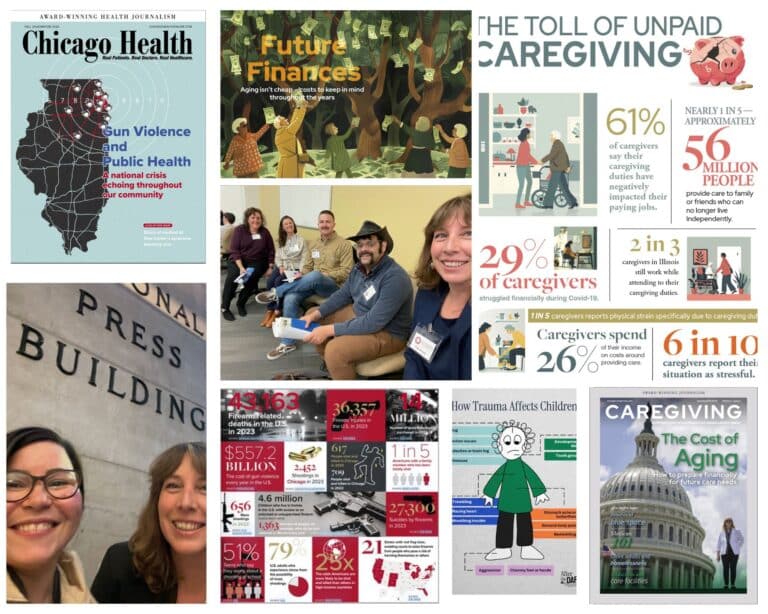Q: My doctor ordered an abdominal ultrasound as part of my routine checkup. I was surprised to learn I have a 3.7 centimeter abdominal aneurysm. What can I do to help prevent it from getting larger?
A: An abdominal aortic aneurysm is a bulge in the lower part of the aorta due to a weakening of the artery wall. Most often it’s associated with fatty deposits that have built up inside the aorta.
I suspect your doctor ordered the test because she or he was following the U.S. Preventive Services Task Force guidelines. The USPSTF recommends a one-time ultrasound of the abdomen to screen for an abdominal aortic aneurysm with ultrasonography in men ages 65 to 75 years who have ever smoked.
An abdominal aneurysm is four times more likely in men than women, especially if they are now or have ever been a smoker. It’s also possible that you don’t fall into the USPSTF category, and your doctor detected a bounding pulse on examination of your belly.
The normal width of the abdominal aorta is about 2.5 centimeters or less, about the width of your thumb. An abdominal aorta greater than 3.0 centimeters means it is an aneurysm. But your aneurysm is considered small because it is less than 4.0 centimeters.
Over time, your abdominal aorta will likely enlarge. If it expands quickly or gets too big, 5.5 centimeters or more, there is a significant risk of rupture. Should that occur, your doctor will recommend repair of the aneurysm.
But for small aneurysms, you will just need periodic ultrasounds. Experts have different opinions regarding how often they should be done for small ones — around once every two years. As it expands, you may need them yearly.
The most important change for smokers is stopping immediately. Smoking increases the risk of faster growth of the aneurysm and the chance that it ruptures.
Given the extra force high blood pressure places on the aorta, you want to keep it controlled. I recommend a blood pressure goal of less than 130/80, or even lower when possible.
Because of the association of aortic aneurysms with atherosclerosis (hardening of the arteries), a heart healthy lifestyle makes sense. Although there is no conclusive evidence that a healthy diet and exercise slow down the expansion of the aneurysm, it might — and there definitely is no downside.
A new warning: Recent studies have found a link between fluoroquinolone antibiotics like levofloxacin (Levaquin) or ciprofloxacin (Cipro) and a higher risk of aneurysms. If you need an antibiotic in the future, the FDA recommends not taking an antibiotic from this class of drugs unless there is no good alternative.
(Howard LeWine, MD, is an internist at Brigham and Women’s Hospital in Boston and assistant professor at Harvard Medical School. For additional consumer health information, please visit www.health.harvard.edu.)














